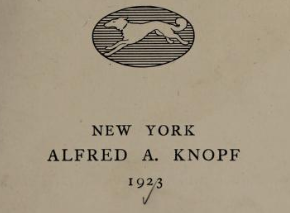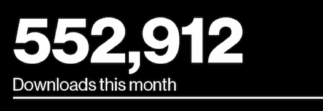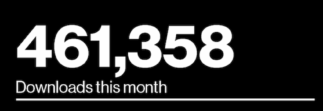This post is part of the MIT Libraries Public Domain Day celebration. Read the full text of public domain books digitized by the MIT Libraries, explore other volumes, and learn about the public domain at our website.
We digitized 100 books published in 1923 because 1923 is the year by which you can be confident that the work is public domain in the US, because the longest possible restrictions will have fallen away. Many works, however, may have entered the public domain years or decades earlier. In this post, I delve into the rights history of one work in our collection to see when it really entered the public domain.
The Atom and the Bohr Theory of its Structure was published in 1923 by the New York publishing house of Alfred A. Knopf. At that time, US copyright was governed by the Copyright Act of 1909, which required creators to meet several requirements in order to grant copyright protection (note: this isn’t true for things created today). The first of these is the copyright notice – which is simply the word “Copyright” (or “Copr.” or “©”) accompanied by the name of the copyright owner and the publication year. As simple as this requirement is, the implications were heavy, since a deficient copyright notice could invalidate the copyright. This is the only place where the publication date appears in The Atom and the Bohr Theory:

Publication information, The Atom and the Bohr Theory of its Structure, public domain via MIT Libraries.
Because the word “copyright” (or “Copr.” or “©”) doesn’t appear, this book didn’t meet the requirements for US copyright protection, and would have been in the public domain since 1923 when it was published.
Additionally, to maintain the copyright in the book, the copyright would have had to have been renewed with the US Copyright Office in the year prior to the 28th anniversary of its publication, in this case 1951. Searching renewal records is tricky, however, and my search of the renewal records for “Kramers,” “Holst,” “Lindsay,” and “Bohr” (in 1950, 1951, and 1952, just for good measure) didn’t turn up a match for this work. If the work had a valid copyright notice and hadn’t been renewed, it would’ve entered the public domain in 1951.
However, there is a complication. There are clues in the frontmatter that there are prior versions of this book published outside of the US.

Prior publication information, The Atom and the Bohr Theory of its Structure, public domain via MIT Libraries.
And, indeed, a search of the copyright registration records for 1923 turns up a record of the foreign registration for the original Danish work. The English translation would be a derivative work of the Danish original, and while the translation might be public domain in the US, use of that translation could still potentially infringe the Danish original.

Foreign copyright registration for Bohrs Atomteori Almenfattelig Fremstillet, in the 1923 Catalog of Copyright Entries. Foreign publication presented a challenge under the 1909 Act, as many found it inequitable to refuse copyright protection to a work properly protected in its home country, and various accommodations have been made over the years for foreign-published works. The most important of these for current purposes was the Uruguay Round Agreements Act (URAA). The URAA eliminated the requirement that foreign-published works comply with US notice and renewal requirements, and restored the copyright in foreign works that had previously been public domain in the US (if they were protected by copyright in their home countries as of the 1996 enactment date of URAA).
If, therefore, we assume that Bohrs Atomteori was protected by Danish copyright in 1996, it could have been public domain in the US until 1996 before having its copyright restored. The URAA restored the copyright term to the length it would have if all US requirements had been met, which for Bohrs Atomteori would result in a copyright term of 95 years after its 1922 publication, or until 2017. The Atom and the Bohr Theory, therefore, may have been free of copyright restrictions in the US from 1923-1996, and then again as of Public Domain Day 2018, after a complicated copyright story.
Intrigued or confused? Join us at Is it in the Public Domain? during IAP to learn more!
This post is written by Katie Zimmerman, Scholarly Communications and Licensing Librarian. All errors and oversimplifications are mine and this post should not be construed as legal advice. I am indebted to many, many sources, most of them Peter Hirtle, for insight into copyright duration.

